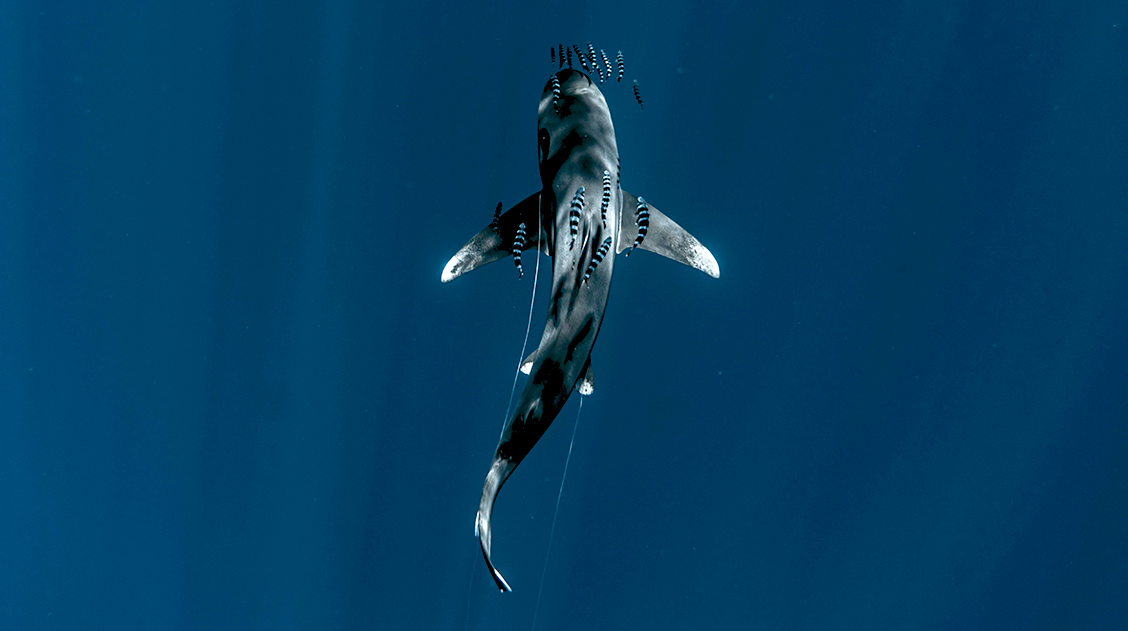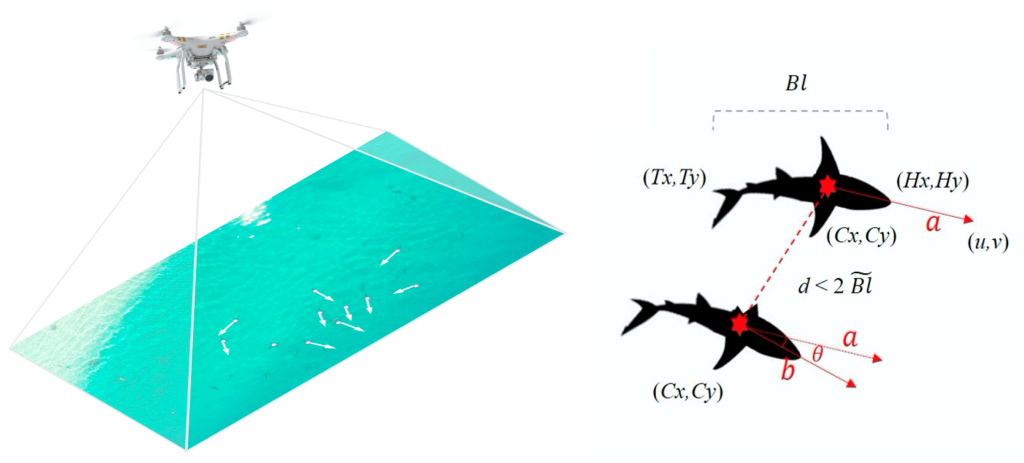
Drones and Sharks
Drones and sharks. What do these two things have in common? Well, as it happens, quite a lot. And it’s critical to life as we know it.
The use of drones to monitor wildlife is nothing new. It’s been an essential component of surveillance research for a long time. Keeping tabs on what’s going on underwater helps us to protect the environment.
This is even more relevant when it comes to sharks. Protecting and monitoring them is important for keeping our world safe.
It’s also no secret that sharks can attack humans. Although rare, it does happen. We therefore need to find out more about shark location and behavior.
Because the reason behind this drone research is so different, it has its own exclusive place in the literature.
Shark Conservation Using Drones
Sharks are often misunderstood. They’re perceived as being aggressive. Much MDPI research covers this misconception, including a Special Issue in Biology.
The fact is, they do sometimes attack people. But this is usually because they mistake a human for a fish or seal. This is because sharks, like all cartilaginous fish, have electroreceptors around their noses that detect electric fields. Called ampullae of Lorenzini, these tiny sensors can sense fish in distress. Humans thrashing around in the water, therefore, can give off these same signals, and give sharks a reason to investigate.
Drone research is helping us discover more about how and why these attacks happen.
There’s also more that drones can help us with. They continue to highlight how much of a key role sharks play in our natural environment.
Benefits of Sharks
Sharks are beneficial to the environment, both underwater and in general. Here are the top four benefits that sharks provide to marine life and oceans (and beyond).
- Contribute to the ecosystem
By being at the top of the food chain, sharks promote an ecological balance.
- Keep underwater populations healthy
Sharks always opt to eat the smallest and sickest fish. This prevents diseases from being spread across fish and species.
- Help save the planet
When fish die close to the seabed, they rise to the surface and decay, releasing carbon into the atmosphere. Sharks reduce the risk by eating these dead fish, preventing destructive carbon from damaging the Earth.
- Spread nutrients
Sharks eat fish and then move swiftly around the ocean. Eventually, they will defecate. The nutrients are therefore transferred from one space to another, keeping the ocean naturally healthy.
Protecting Humans
Over the past twenty years, there have never been more than a hundred shark attacks in any given year. Compared to the millions of people who swim in the ocean each year, this is a very small number. You’ve probably swam next to a shark and not even realized! On most occasions, they don’t bother humans.
However, a hundred lives are still a hundred lives. There’s clearly scope to prevent these traumatic attacks. In addition, most incidents involve one of the “big three”. Great white, tiger, and bull sharks are responsible for the most shark attacks.
Researchers are using drones to analyze shark behavior prior to attack. We can learn a lot about how and why shark attacks happen from using drone footage.
How Does It Work with Drones and Sharks?
We can answer this question by taking a look at some relevant MDPI research.
In 2021, Dr. Paul Butcher and co-authors published an excellent review on this topic. It covered how drones “have become a fundamental tool for the shark researcher” over the years.
The manuscript details how we can use drones to study sharks and their directions.

Figure 4 from the review. It shows how drones are used to clarify the size and swimming technique of sharks, among other things.
Underwater Drones
The review also covers the use of underwater drones. There are many different types of drones out there. However, autonomous underwater vehicles (AUVs) are the most commonly used type to study sharks.
Benefits of AUVs
- AUVs are sneakier than, say, divers and snorkelers. Sharks are a lot more likely to respond positively and display natural behaviors. This is because AUVs move discreetly.
- More direct data can be gathered. The drone is situated right in the middle of the action, so it can see more.
- They can more effectively see how deep a shark is in the water. Drones monitoring sharks from above can’t necessarily record this information.
Drawbacks of AUVs
- AUVs can be quite big. Typically, they’re large, missile-like structures like the one shown below. This makes them rather conspicuous. A shark could change its behavior because it senses something foreign in the water. This makes the research less accurate, as we can’t really see their natural behavior.
- They tend to make quite a bit of noise. Research shows that sharks and other marine life react to the loud propellers of boats.
Amateur Drones and Sharks
Another MDPI research study looked at marine life in Sydney, Australia.
DroneSharkApp is an app that allows everybody to view footage of the sea near them. This helps swimmers and surfers alike to feel assured that there are no sharks in the nearby area. The study looked into the quality of the footage, and how useful it would be for shark sightings.
The app uses drone footage filmed each morning for about three hours. It gives those heading out to sea a preview of the conditions before they go. It therefore presents an entry-level space for drone footage. This is clearly of interest when it comes to sharks, drones, and their future applications.
However, there are limitations. The study notes that “shark distributions are strongly influenced by changes in the marine environment.” This makes the footage less relevant and useful than it otherwise would be for those who need it most.
We clearly have some way to go to perfect the drone footage available to the general public. This is therefore a research gap, and we encourage more researchers to touch on this.
The Need for Drone Shark Research
If you’ve been conducting research on drones, you might consider delving more into how they can help to detect sharks. There’s space for much more literature on this topic.
Our high-impact factor journal Drones always has space for fresh perspectives on drones and how they can improve our knowledge of sharks and their habits. Take a look at their open Special Issues for further details.










